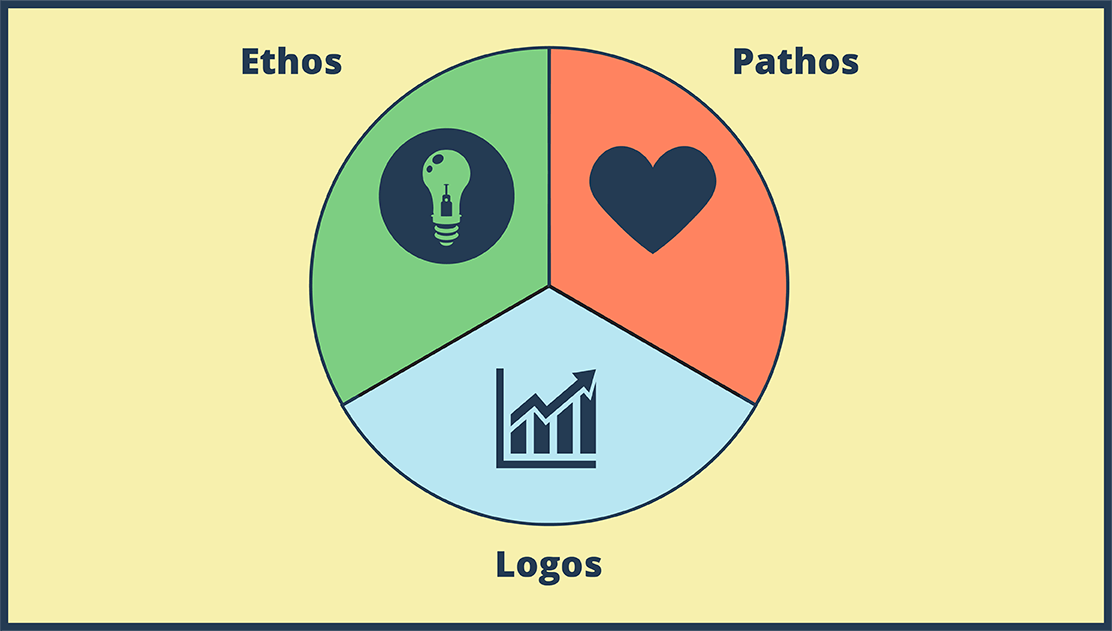How to Use a Protractor

È possibile trovare questo storyboard nei seguenti articoli e risorse:

Creare Immagini Didattiche Coinvolgenti: Come Diagrammare un Processo
Piani di Lezione di Anna Warfield
Le istruzioni e le procedure sono molto più facilmente comprensibili se accompagnate da elementi visivi. Quando realizziamo lo storyboard di un processo o creiamo un diagramma sequenziale, possiamo concentrarci su passaggi discreti, causa ed effetto e sequenza.

Utilizzando Storyboard That Nella tua Lezione di Matematica
Aiuti Visivi per la Classe Moderna
Storyboard That semplifica l'integrazione dell'apprendimento visivo nella tua classe di matematica e il contenuto su misura per i tuoi studenti. I modelli facilmente personalizzabili ti consentono di assicurarti che i fogli di lavoro che offri agli studenti li soddisfino dove si trovano e sfidino i concetti che stanno ancora lavorando per padroneggiare.
'
Dai un'occhiata ad alcuni dei nostri altri articoli educativi!
Storyboard Descrizione
How to Use a protractor graphic organizer - diagram a process
Testo Storyboard
- Diapositiva: 1
- GAH! Math is so stupid! It doesn't make any sense!
- Diapositiva: 2
- This protractor thing is impossible!
- Diapositiva: 4
- Make sure the protractor is not backwards! It makes life so much easier if you can read the numbers.
- Diapositiva: 5
- Before we measure, tell me if this is an acute, right, or obtuse angle.
- Diapositiva: 6
-
- Acute?
- It IS acute, so that means it measures less than 90 degrees. We already know the answer is between 0 and 90 degrees!
- Diapositiva: 7
- There are two parts of the protractor to help you get the angle in the right place: 1) an upside-down T at the bottom middle 2) the base line (0 degrees or 180 degrees)
- Diapositiva: 8
- We want to place the protractor on top of the angle so the middle of the T is at the vertex.
- Diapositiva: 9
- Rotate the protractor so the vertex of the angle is still at the T, but one leg of the angle is lined up with the 0 degree line.
- Diapositiva: 10
- The line doesn't reach the numbers!
- That's OK. Don't you remember that definition about angles? Two RAYS with the same endpoint? Rays go on forever, so we can just extend the legs of the angle.
- Diapositiva: 11
- The legs of the angle are extended, so we just need to read the numbers. Our options are 140 degrees or 40 degrees. Which is it?
- Diapositiva: 12
- Acute angle! 40 degrees! Take that MATH!
- Diapositiva: 0
- I will show you how to use it. Well, step 1...
- Maybe I can help.
Oltre 30 milioni di storyboard creati
Nessun Download, Nessuna Carta di Credito e Nessun Accesso Necessario per Provare!



